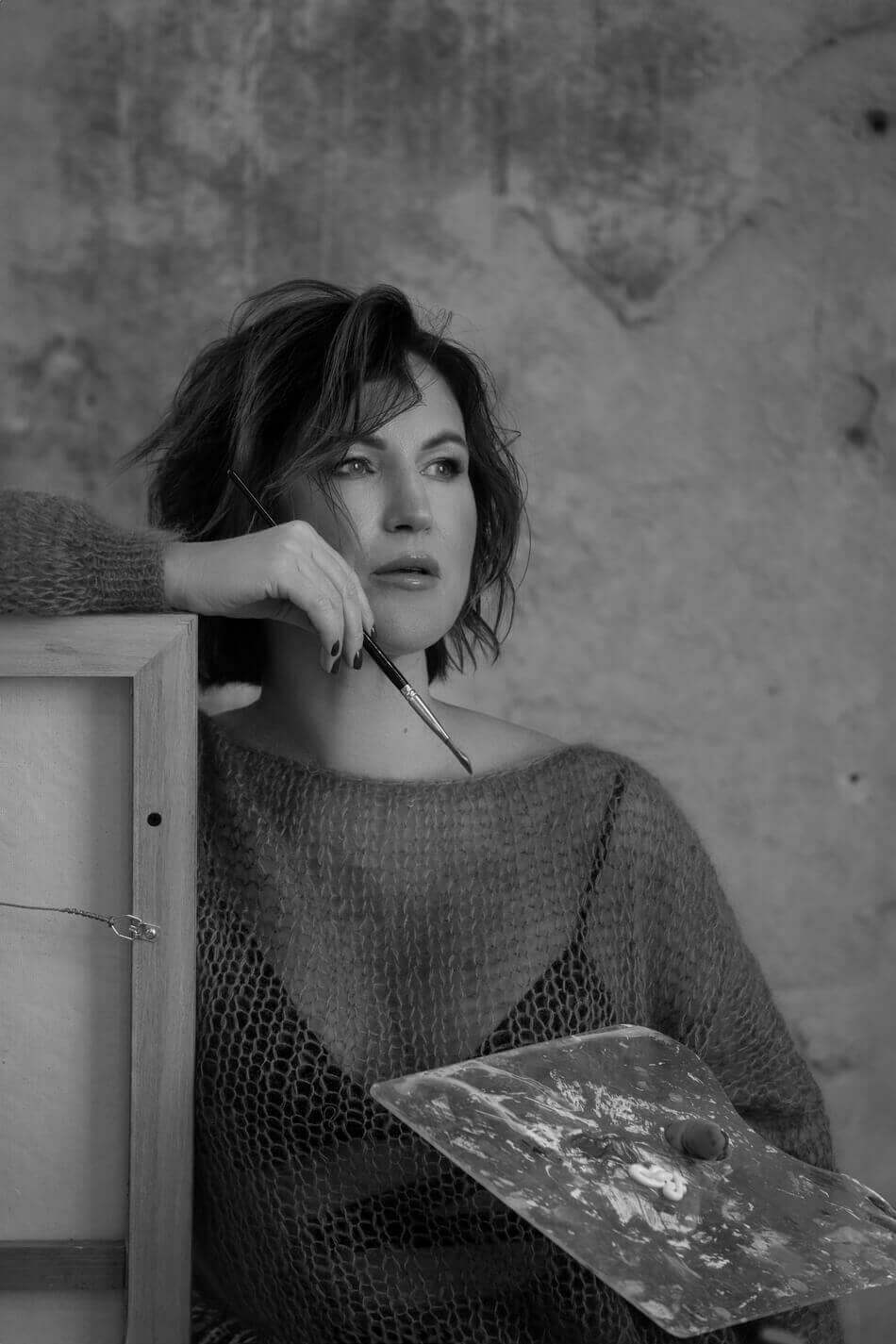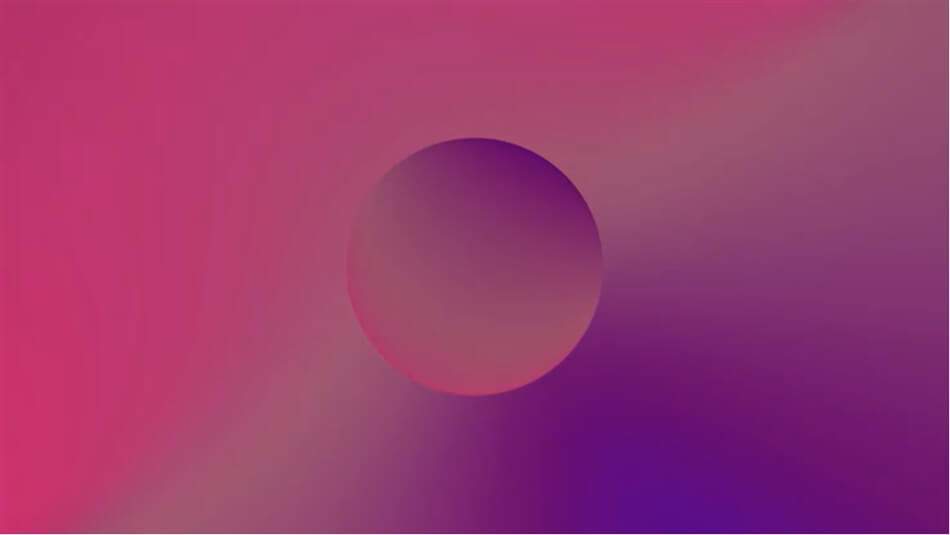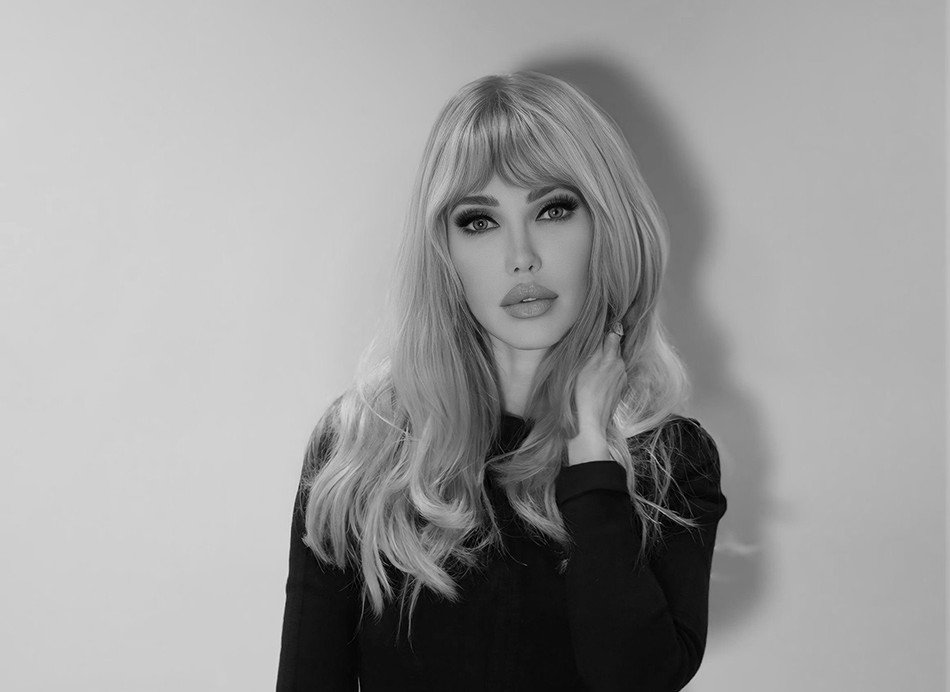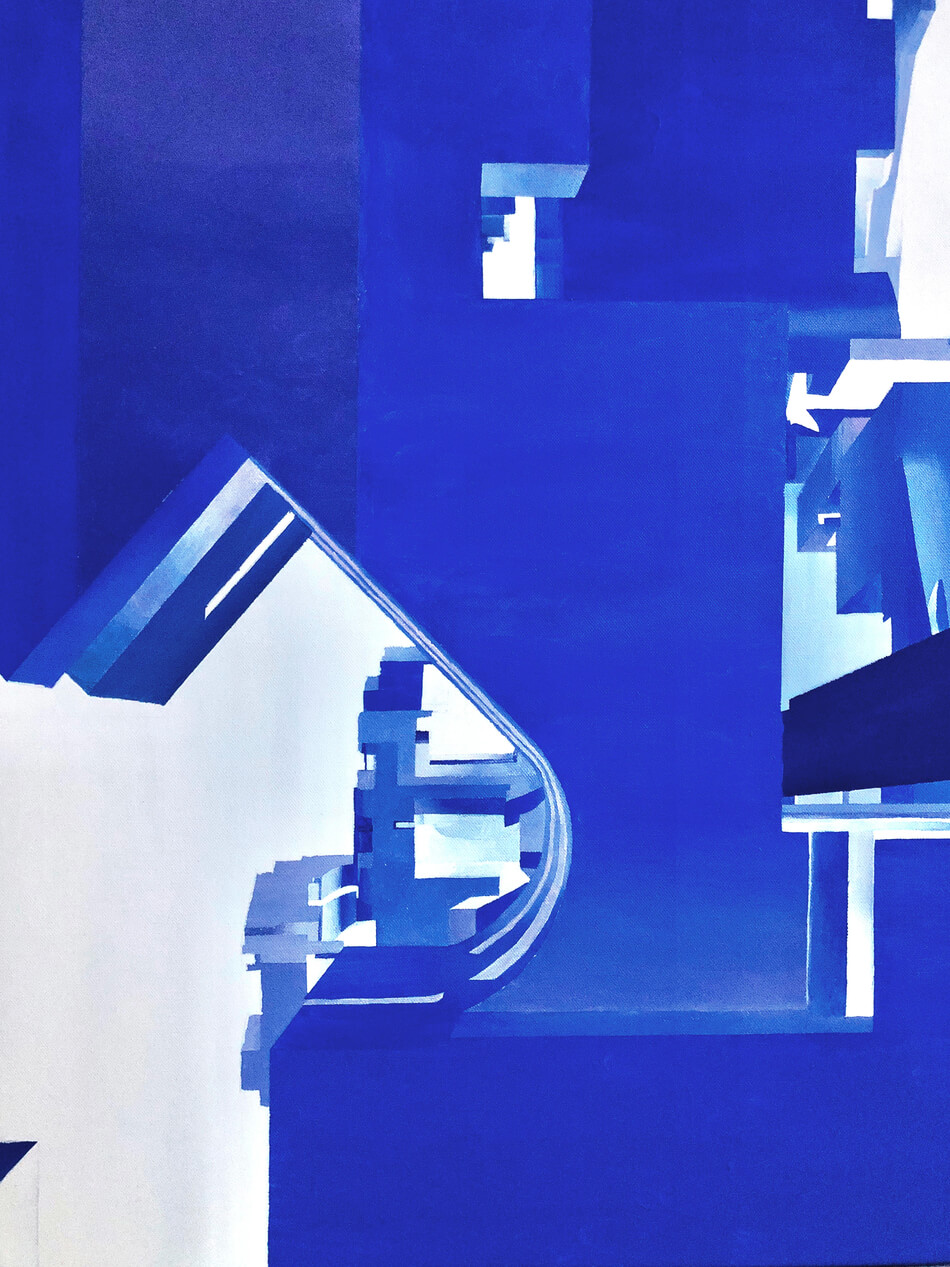
Interview: Godda
Luca Curci talks with Godda, winner of ARTIST OF THE MONTH – OCTOBER 2021.
GODDA chose the nickname her father gave her as a child as her artist name. The artist’s childhood full of wonder has always been a major source of inspiration for her. GODDA left Norway, her homeland, in 1994 to settle down in Provence, South of France. After having spent quite some time on writing the artist returned to painting, her abandoned garden, to discover the unlimited possibilities of dry pastel painting. GODDA felt she could breathe freely using dry pastels in a spontaneous way, inventing continually new techniques. Her dry pastel paintings as well as her acrylic paintings are all abstract or semi-abstract. The painter draws her inspiration from the shades and light in nature and architecture as well as from stunning art in museums.

LUCA CURCI – What is art for you?
GODDA – Art just is. It’s bigger than us, independent of us. Sometimes we can be touched by it or even touch it. We can be reached by its force and also reach each other by its force.
LC – What’s your background? What is the experience that has influenced your work the most?
G – I grew up in Stavanger, Norway, and settled down close to Aix en Provence in 1994. I feel really lucky to live in the South of France. The area is rich in landscapes and culture. We have the possibility to visit monuments and art museums here in the south, as well as in Paris which is only three hours away by train. Being a part of the artist group “Provence painting” is meaningful to me. The group is a movement that goes against the flow. We organize local exhibitions of, in my opinion, high quality. Our biggest cultural event finds place every year at the beginning of July in Fontvieille in Provence. The source of my creativity, I’m sure, is my childhood. I grew up in a loving environment where children had a lot of liberty to play and explore. My dad was a kind and discrete quite original man, with a lot of imagination. He invented our bedtime stories himself and loved drawing and creating with stones and wood. The experience that has influenced my work the most must be rediscovering soft pastel painting. My eldest daughter wanted us to paint together, so I brought out some big sheets and soft pastels and something happened. I felt that using this technique set me free. I had discovered my secret garden, a space where I could breathe freely.

LC – Which is the role the artist plays in society?
G – Your question implies that the artist plays a role or has a role to play. This makes me wonder if someone can call himself an artist if he is simply acting? Isn’t he then manipulating the environment, searching to be served by art, instead of serving art? Isn’t he then just a fool? I’m exaggerating purposely. We all have artists or not, a role in society. It’s just that art, in my opinion, has become increasingly commercialized. That’s why it’s important I think, not to lose focus. Artists can, of course, play many different roles in society depending on their talent, their personality, their devotion. One of the roles that an artist can play is the role of the fool. This role is actually very important. The fool’s role in the past was to make the hidden visible. To bring the hard reality from the outside into the king’s court. The truth is that I would be terribly proud to be a fool, but I am not.
LC – And contemporary art?
G – My interpretation of contemporary art is wide. I consider contemporary art as art made by artists today. If your question is which role contemporary art plays in society, I would not know what to say. Several roles, since the different kinds of contemporary art, have so little in common. If I should mention some artists between 1945 and today whose work really strikes me by its force, it would be Mark Rothko, Nicolas de Staël, Pierre Soulages and from a different tradition: Fabienne Verdier.

LC – Where do you find your inspiration?
G – I find inspiration visiting museums of art, and by observing the play of light and shades in nature and in architecture, or just by having a conversation or an experience that is especially meaningful to me.
LC – What is the most challenging part about creating your artworks?
G – I feel that especially when it comes to my soft pastel paintings, which is very spontaneous work, I have up and downs. For a long period whatever I touch just feels right. Then all of a sudden, it doesn’t anymore. It really has to do with my state of mind.

LC – Do you think ITSLIQUID GROUP can represent an opportunity for artists?
G – I do think that Itsliquid Group can represent an opportunity for artists. It gives artists visibility. The group also proposes to exhibit artwork in different cities in different countries. These exhibitions last for a while, and the artist doesn’t need to be present all the time.
LC – Did you enjoy cooperating with us?
G – I did enjoy cooperating with you. I find your approach spontaneous and friendly. Communicating with you has been easy. Thank you for contacting me!




Are you an artist, architect, designer? Would you like to be featured on ITSLIQUID platform? Send an e-mail to info@itsliquid.com or fill the form below




